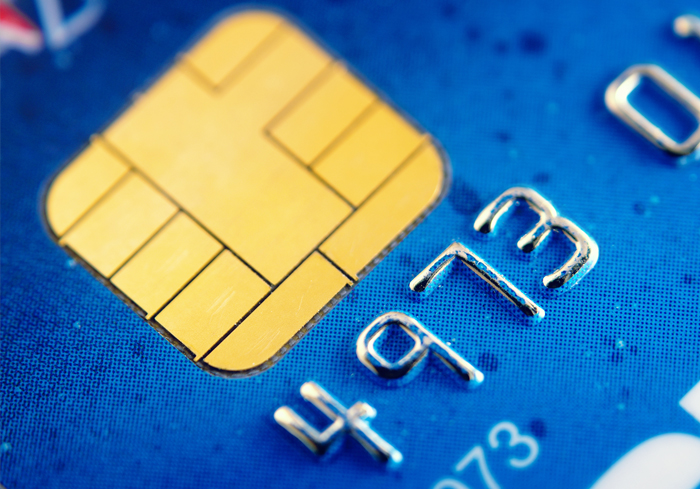EMV: US Won’t Make October Deadline

Even though the official changeover to EMV payment systems is scheduled for Oct. 1, some analysts familiar with the process say that many businesses will still not be EMV ready by the target date, and may take “many years” for the U.S. to be fully converted to EMV cards.
The target date for the switchover is not a mandate, as some might think it is. Oct. 1 is the day that fraud liability switches from banks to merchants and card issuers using card-payment processors. Since magnetic swipe cards are more prone to fraud and counterfeiting, the date is supposed to be a target for retailers and banks to upgrade to EMV out of their financial self-interest, both to save money from preventing fraud, and revenue increases due to increased card usage. One survey found that EMV-friendly businesses will increase by over 650 percent by year’s end, which would appear to be a ready acceptance of the new order of card processing.
Instead, many businesses, particularly small businesses, are concerned about the upfront costs of upgrading their POS terminals — which are estimated to cost a total of $7 billion. Some businesses may choose to save their money for when the upgrade costs come down after the target date, and take their chances with fighting the fraudsters in the meantime, hinting that the delay may partially be deliberate. In the short term, this might be an acceptable strategy, since no new revenues are expected for merchants immediately after the upgrade, but over the long-term, missed revenues and losing businesses to technologically advanced competitors may be more expensive than the lack of a system upgrade. Making matters more urgent, there is a history of counterfeit card fraud increasing exponentially in the lead up to the October target date, as fraudsters understand that this is the last chance for a quick grab.